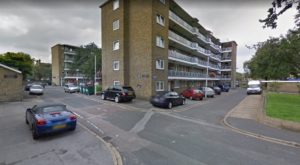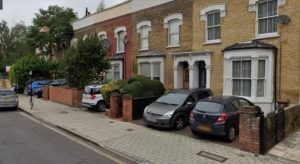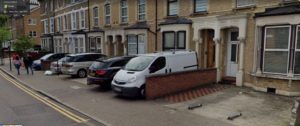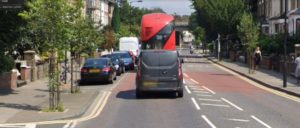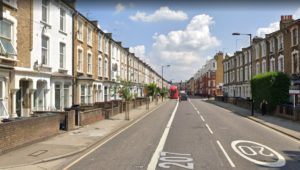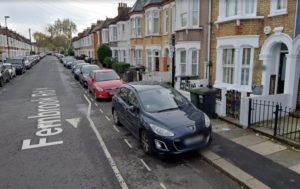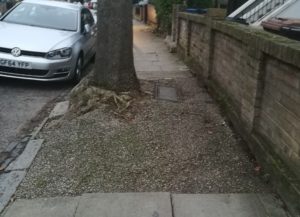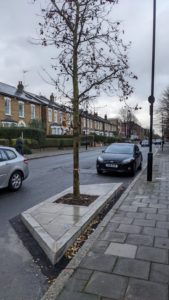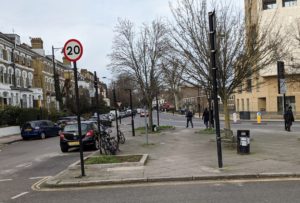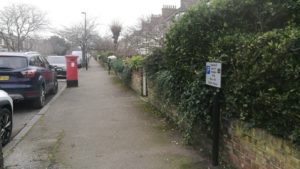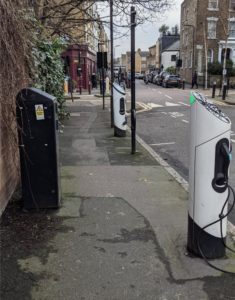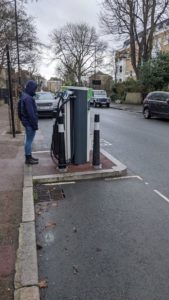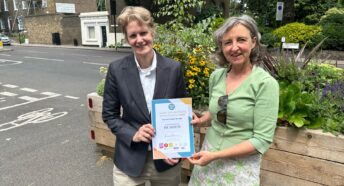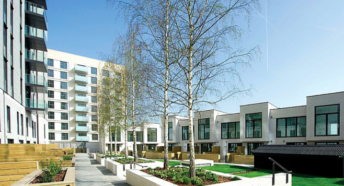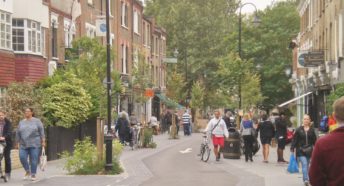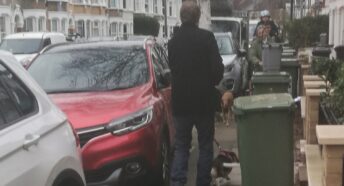Why local authorities need to re-assess parking policy now!
We are calling on all London boroughs to re-assess their parking policy now, using our new Parking Action Tool – updated and relaunched in May 2023 with our partners Possible and Living Streets.
Parking policy is key to combatting the climate crisis, improving air quality, promoting active, shared and sustainable travel, making transport more accessible, and delivering safe and attractive streets. It is one of the most effective tools local authorities can use to reduce car use and ownership and is about much more than just providing parking spaces. Have a look at Parking policy-why it needs to change March 2024 update which has lots of photos to show what a difference parking policy can make.
CPRE London’s central interest in parking lies in the amount of space taken up by cars and parking. Cars are hugely inefficient of space: car dominance leads to loss of, and lack of, parks and playspaces within cities, where land is swallowed up by huge amounts of ‘grey space’ given to roads and parking; it also leads to environmentally damaging urban sprawl and loss of countryside on the edge of cities. And this is on top of all the other very serious impacts – carbon emissions, air pollution, road danger, noise, inactive lifestyles… which fall on everyone, despite half of London households not having a car.
So we work with others to advocate for compact cities, run on public transport, walking and cycling – with space freed up for more greenery, parks and space to be active, outdoors and in contact with nature.
- Why compact, car-free cities will save our countryside
- Parking Transformed: Eight ways to transform parking and make London a better place
- Why Parking Matters and Benefits of Controlled Parking
- We want each London Borough to turn 30 of its streets into parks and play spaces
- Feb 2022 Media release London boroughs failing to use “most effective tool” at their disposal to reduce carbon emissions and pollution – and it’s free!
- Join the conversation at our tweet.
But not all local authorities are using parking policy to full effect. Borough policies often deal primarily with permits and enforcement even though their role is much wider. Boroughs manage parking as:
- the local highway and local traffic authority, controlling parking on residential streets and at town centres and other destinations, and responsible for good management of streets and pavements
- managers of housing estates, able to control residential parking
- the owner/operator of public car parks
- the local planning authority, responsible for setting parking levels in new developments; and for front-garden parking
- a local transport authority with powers to introduce local workplace parking levies
- employers with workplace parking, able to show leadership by restricting parking in council offices, schools etc.
All aspects of this role should be reflected in parking policy for maximum impact. A good policy should bring these functions together and integrate seamlessly with objectives on environment, transport, public realm and economy.
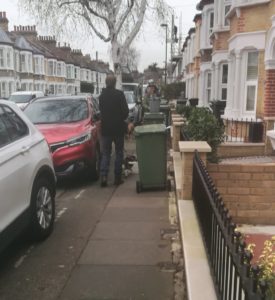
So we have created a Parking Policy Benchmark Assessment Tool 2022 designed to enable borough officers, councillors and campaigners to measure how close their local authority has come to creating an effective, joined-up parking policy for the 21st century and identify areas for improvement. Policies are divided into ten areas. For a rating of ‘Good’ in an area, a parking plan must contain all or all but one of the policies listed. Half of the policies or more equals a rating of ‘Needs improvement’, and fewer than half equals a rating of ‘Needs urgent action’.
Help and feedback. This benchmark has been written in consultation with sustainable travel organisations and involved assessment of a number of local authority parking policies. It builds on the recommendations of the Centre for London’s Reclaim the kerb: The future of parking and kerbside management in London report of 2020. We are keen to hear your feedback and are happy to answer questions or provide help. Please contact Alice Roberts alice@cprelondon.org.uk or Will Petty microlambert@gmail.com.
With thanks to volunteer Hannah Eldon.
More information and research
- Parking controls can play an important role in encouraging the shift towards more sustainable modes of transport. (Reclaim the Kerb, Centre for London, 2020).
- Cars are parked 95% of the time. (The High Cost of Free Parking, Donald Shoup)
- On average two thirds of households in Inner London boroughs don’t have a car. In Outer London one third of households don’t have a car. (Table KS404EW, Census 2011)
- It’s around 50 times cheaper to rent a parking space than to rent a home. For example, in Westminster, the space needed for a single parking space would cost £8,000 a year to rent as housing. It costs just £145 to park there for a year. (Why we should be paying more for parking – video explainer, The Guardian)
- There is a clear link between providing parking and resulting car use. (London Plan Evidence Base: Residential Car Parking, 2017)


